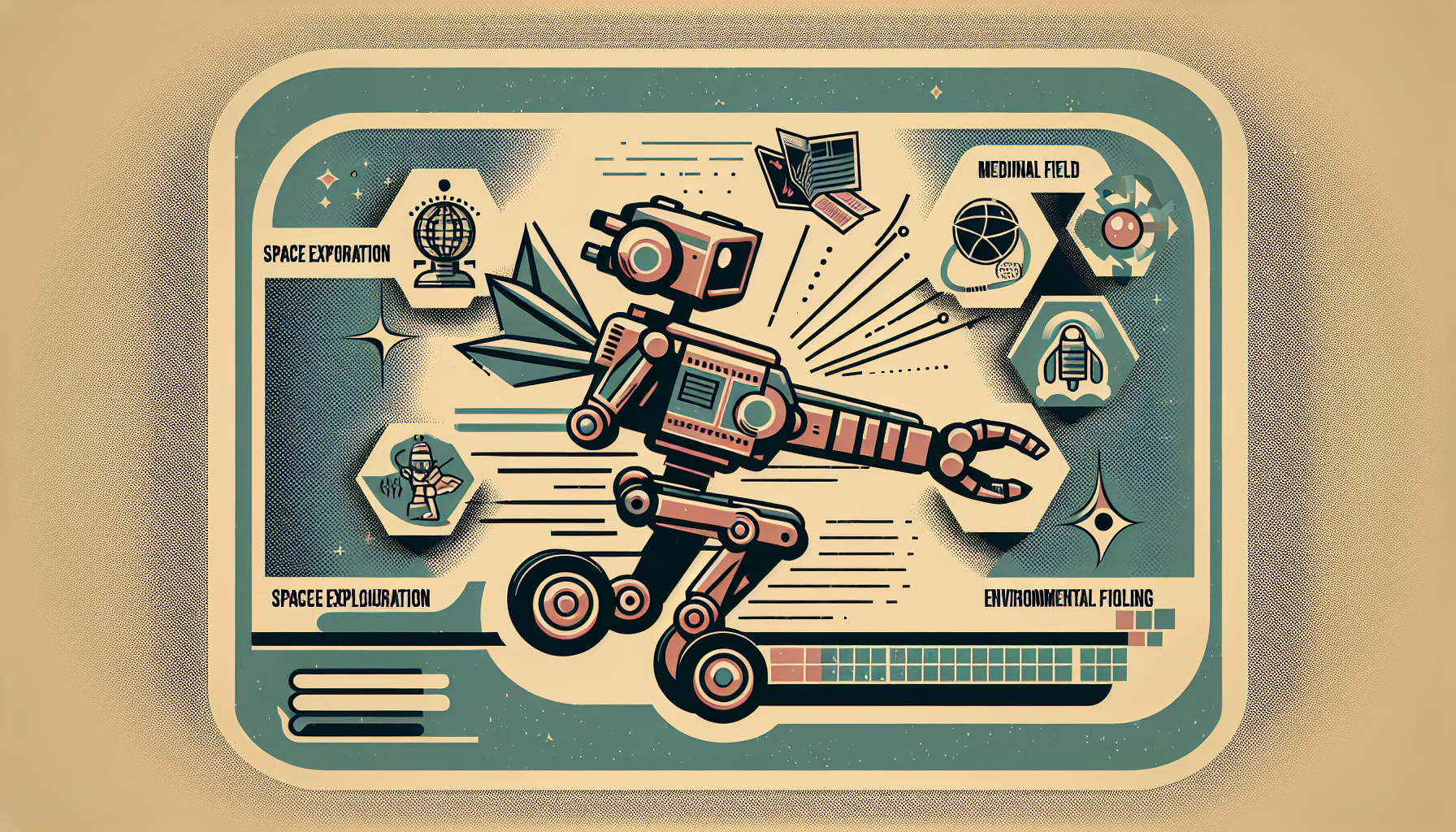In a groundbreaking advancement in robotics, engineers at North Carolina State University have developed innovative ‘transformer bots’ inspired by the ancient Japanese art of origami. These shape-shifting robots have the potential to revolutionize various fields, including space exploration, medicine, and environmental monitoring.
Origami Inspiration
The concept of these transformer bots is rooted in the hierarchical structures observed in nature, such as layered muscle fibers, but adapted using plastic cubes. This approach allows a single plastic cubed structure to transform into more than 1,000 different configurations using only three active motors.
Construction and Mechanism
The researchers assembled hollow, plastic cubes using 3D printing and connected them with rotating hinges. Some of these hinges are fixed with metal pins, while others are activated wirelessly by motors. This hierarchical construction enables the cubes to form complex shapes such as tunnel-like structures, bridge-like structures, and even multi-story architectures.
Versatility and Mobility
One of the most striking features of these transformer bots is their ability to move without feet. By controlling the shape changes of the structure, the bots can move forward, backward, and sideways. This mobility, combined with their shape-shifting capabilities, makes them highly adaptable and versatile. They can transform quickly from a flat, open configuration to a box-like cube or other shapes, and they are capable of carrying loads up to three times their own weight.
Potential Applications
The potential applications of these transformer bots are vast and varied:
- Space Exploration: These bots can be sent to space in a flat, compact form and then assembled into various structures such as shelters or habitats. Their modular design allows for easy assembly and disassembly, making them ideal for deployable and configurable space robots.
- Medicine: The ability to transform into different shapes could be useful in medical procedures, such as navigating through the body or delivering drugs to specific locations.
- Environmental Monitoring: These bots could be designed to adapt to different environments, such as changing shape to navigate through dense forests or to monitor water quality in various aquatic settings.
- Education and Interaction: Similar to other shape-shifting robots, such as the ShapeBots developed by researchers at the University of Colorado Boulder and the University of Tokyo, these transformer bots could be used in educational settings to interact with information in a physical and dynamic way.
Future Developments
While the current prototype is impressive, the researchers are working to enhance the robustness and functionality of the transformer bots. They aim to design structures that can bear larger loads and explore real-world applications, including the possibility of creating shapes that mimic complex objects like cars. The team is also experimenting with larger-scale variants and different materials to improve the bots’ performance and durability.
Conclusion
The development of shape-shifting ‘transformer bots’ inspired by origami represents a significant leap forward in robotics. With their ability to transform into numerous configurations using minimal actuators, these bots have the potential to transform various industries and open up new possibilities for innovation and application. As research continues to advance these technologies, we can expect to see even more sophisticated and versatile robots that can adapt to a wide range of tasks and environments.

Leave a Reply